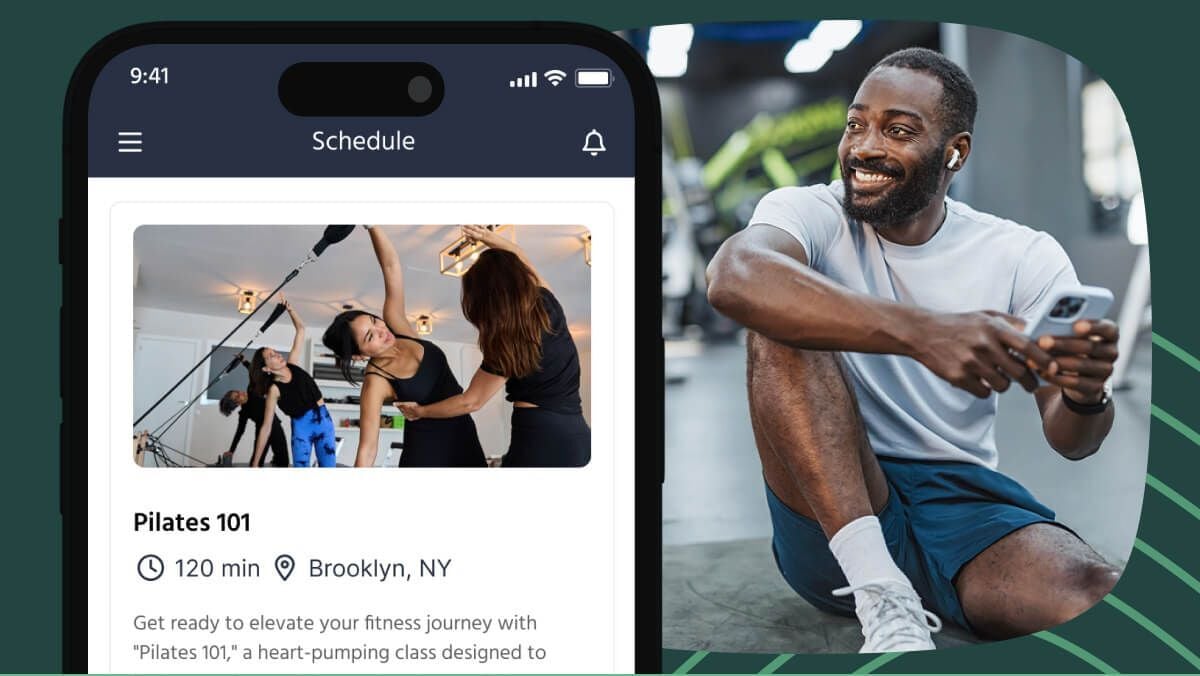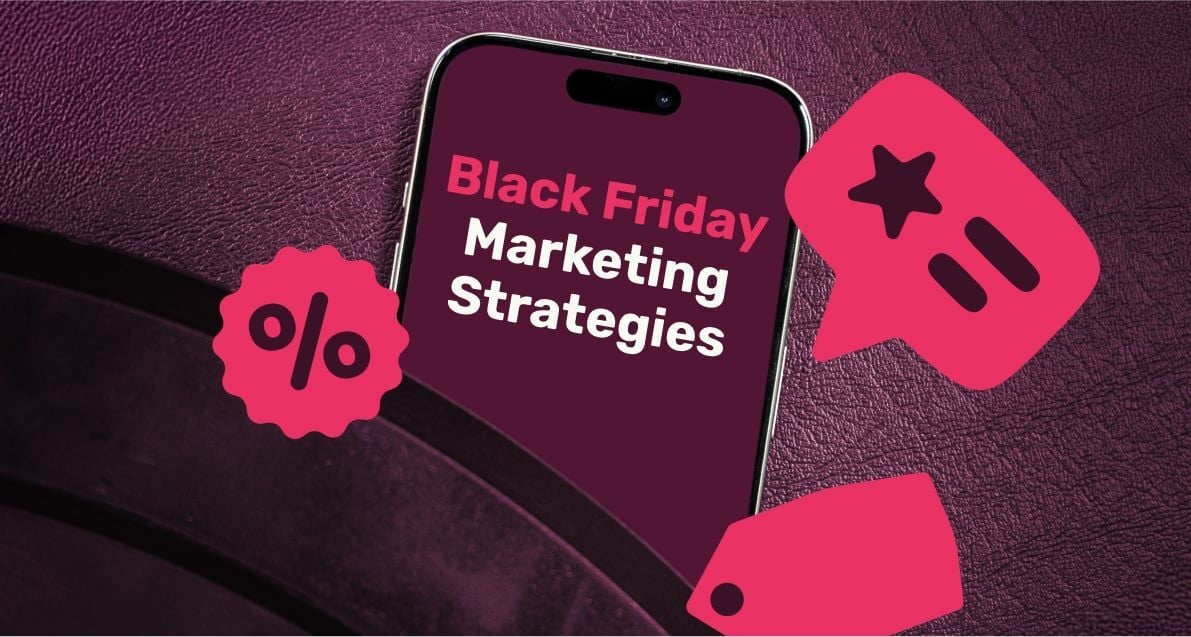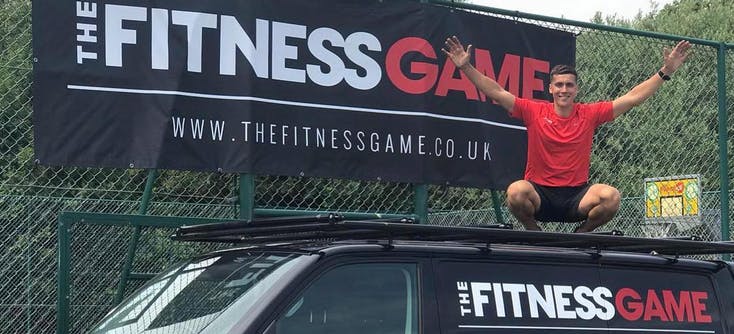A fundamental part of any type of business is identifying who your ideal customer is. Understand this and you will be able to market and grow your fitness business. Our friend Lucy Bannister, owner of Lucyoga, has the perfect formula for ensuring you find the right clientele.

In these days of Covid, the traditional structure of a yoga business has been severely challenged. We have all had to ‘pivot’, a fancy term for re-working, everything overnight!
For the yoga teachers, I work with, especially those who have been teaching a long time, it has brought an urgent need to re-structure what they offer and how they offer it.
How do you restructure a business, or start one, in the midst of a global pandemic? And how do you make those changes last? How do you communicate what you are offering?
By understanding who your ‘ideal’ client is you can create a business that meets their needs directly, and that fulfils your need for a business that allows you to achieve your desired work-life balance.
What is the ideal client technique?
The ideal client is a technique used extensively in business and marketing strategy. In over eight years of business mentoring yoga teachers, both new and established, this is hands down the most important, and most frequent, exercise that we do together.
The ripple effect
The best way I have found to explain how the ideal client works is to think of your business as a still pond.
Imagine your clients are stones. You have lots of clients so you have lots of stones. You throw them into the pond and it creates a whole load of splashes. All the stones drop randomly and incoherently. No one really knows what stone dropped where.
But let’s say you have one nice big stone. Your ideal client.
You drop that in the pond and it creates a clear plop! And from that emanates clear ripples reaching out across the surface of your pond.
Your ideal client is that stone in the centre of the pond, being reached by a really clear marketing message written because you know EXACTLY who they are. And it’s a marketing message that comes from a business that is structured to meet its needs.
And then the ripples reach out across the pond. These ripples represent other clients that you will also attract from having such clear communication and structure.
They might not be exactly the same as your ideal client but there are enough cross-overs and similarities that the clear message also reaches them. Unlike the scatter-gun approach which just comes across as muddled.
A great example of using an ideal client
A great example I recently heard has nothing to do with yoga but everything to do with getting your ideal client spot on.
My friend’s mum has always loved cycling and camping but lately, her balance has been off-kilter. She went cycling with her grandson, he joyfully went down the hill with his legs out, she copied and fell off. She was fine but quite bruised and her confidence was knocked.
And then she saw this marketing message: “Windswept hair, the smell of cut grass, and the rumble of the pavement beneath you. The feeling of freedom as it’s always been’’. It is from an e-trike company. The video that accompanied this text shows a woman of the same age, legs out, joyfully riding down a hill. She really felt it was written/created for and about her. And she bought the e-trike!
I love this example as it shows that when you know who you are reaching out to you, you can create a business that works beautifully for them, and you can communicate it clearly to them.
And that clarity then ripples out to many more people who will also go on to buy from you.
And to prove the point, I am much younger than my friend’s mum and I don’t really care about putting my legs out when I’m cycling, but the e-trike sounds great to me too
How do I work out who my ‘ideal client’ is?
To create your ideal client, go through a step-by-step construction of a person, so specific that you can see them in your imagination. This person comes with a name and back story. They have an age, gender identification, family situation, work situation…
The best way to understand is to try it. So let’s have a go. Grab a pen and something to write on…
Create your ‘ideal client’
Answer the following, thinking about the person who you would like to buy what you offer. Be particular, focused and avoid generic answers like might, maybe or broadly indicating things such as age.
Also, note that I say ‘the person you would like to buy your offer’. Often we get distracted by thinking about ourselves, basing our business and marketing decisions on our own situation. But this is an aspirational exercise so you should create an image of your desired target client here, even if they’re not currently buying from you.
You can do this exercise for each service you offer if you have quite disparate parts to your business. Or you might want to create up to three clients for your overall business (I usually create two).
Now over to you. Create your ideal client using this prompt:
What is their…
- Name
- Gender identification
- Age
- Family situation
- Work circumstances
- Location (work and home)
- What they’re passionate about
- How much time they have
- How much money they have to spend on what you offer
- Where they get their information from (e.g. friends, Google, social media, newspapers)
- What social media they use (e.g. Facebook, Instagram etc.)
- What they need to know about you or your service before they buy from you
How was that? Have you been specific? Have you created a description that could be a real, individual person?
One of the most common responses to this exercise is to be generic. That’s really understandable because it feels odd to be so particular, it feels like you’re excluding people and yoga is for everyone.
Why your yoga business isn’t for everyone
I am a passionate advocate for inclusivity, intersectionality and accessibility in yoga. But that doesn’t mean my classes are for everyone, because not everyone wants, or needs, what I teach. And it is the same for you. We all have individual strengths, weaknesses, and approaches to teaching yoga that resonate with different people.
For some businesses it’s easier to be specific - maybe you teach pregnancy yoga or kids yoga - but even then it’s worth taking the time to be even more particular. If you teach pre-natal yoga then there is a lot of value in working out exactly who you are trying to attract, especially because you will have an ongoing cycle of marketing and recruiting new clients.
How do I apply the ideal client to my yoga business?
Once you have your ideal client persona you can then start to use it to structure your business and marketing accordingly. It’s worth creating an ideal client that compliments your own situation. If your client needs services at times that you can’t deliver them, then it’s time to sit down and re-think who you are trying to reach. The beauty of yoga is that it is infinitely flexible in this regard!
And one particular question - what they need to know about you or your service before they buy from you - is very useful. I have a lovely example of this.
A yoga teacher I recently worked with was offering two free online sessions of Pranayama and Meditation each week. But she was exhausted and ended up cutting some of her more successful classes because she was teaching too much, yet she kept the free sessions because she was fearful of charging for them.
When we created her ideal client personas we identified that there was no desire for free sessions from her ideal client. Rather they were looking for high quality and experience. Which wasn’t being reflected by offering free sessions. So she had the confidence to rework her timetable to reflect that and meet her need for more rest at the same time
Young professional ideal client
Let’s imagine your ideal client is a young, professional woman working in the city of London. They love yoga and will make a lot of time in their busy week for it. They have money to spend on their wellbeing and your classes are exactly what they are looking for.
Would you add classes to your timetable for 11 am on a weekday? Probably not. You’re more likely to go for a pre or post-work timetable, in a location (or online) that works for them to drop in before or after work.
Your marketing would talk about their passions, their lifestyle. You’re unlikely to be talking about family life but instead looking at yoga for dealing with high-pressure work environments.
Therapeutic yoga ideal client
A different type of client entirely would be one struggling with long-term health issues. They find getting around difficult and have fatigue; they don’t currently work due to their health.
The way you would structure your services would reflect their needs. You would look for accessible venues, near to public transport, at times of the day that are not too early or too late. You might even specialise in online teaching so the client doesn’t need to leave their home.
Your marketing will focus on inclusivity, understanding of health issues, it will show a range of bodies in your photographs, and encourage rest. Perhaps you offer Yoga Nidra or Restorative/Yin Yoga sessions because this suits your client the best.
Knowing who you are talking to works every time
By knowing your clients, you can create services and a timetable that suits them and you. And you can communicate through social media, websites, emails clearly and directly because you know WHO you are talking to.
You may have different clients for specific parts of your business, and that’s great. You can then tailor your timetable to suit, create winning class names and descriptions and social media that attracts people because it talks directly to them.
Instead of guessing what people want, you can really hone your effort in creating something that works for their lifestyle, even if it has changed dramatically.
By knowing your client, you will know where they are at. Covid has shown us that we need to be able to respond to changes in our clients' lives, and our business decisions rely on us understanding what’s happening for them.
Thanks for sharing, Lucy!
Have a go at creating your own ideal client personas and let us know how you get on! Have you discovered anything that you’d change or new things to try? Drop us a line on stories@goteamup.com with your examples, we’d love to hear them.
Thanks for reading!









